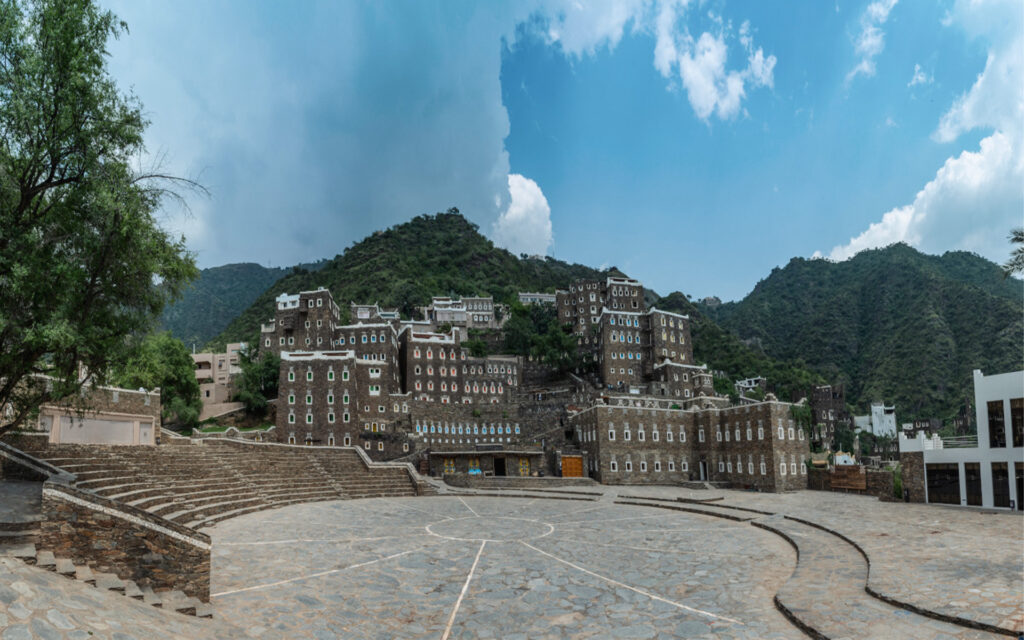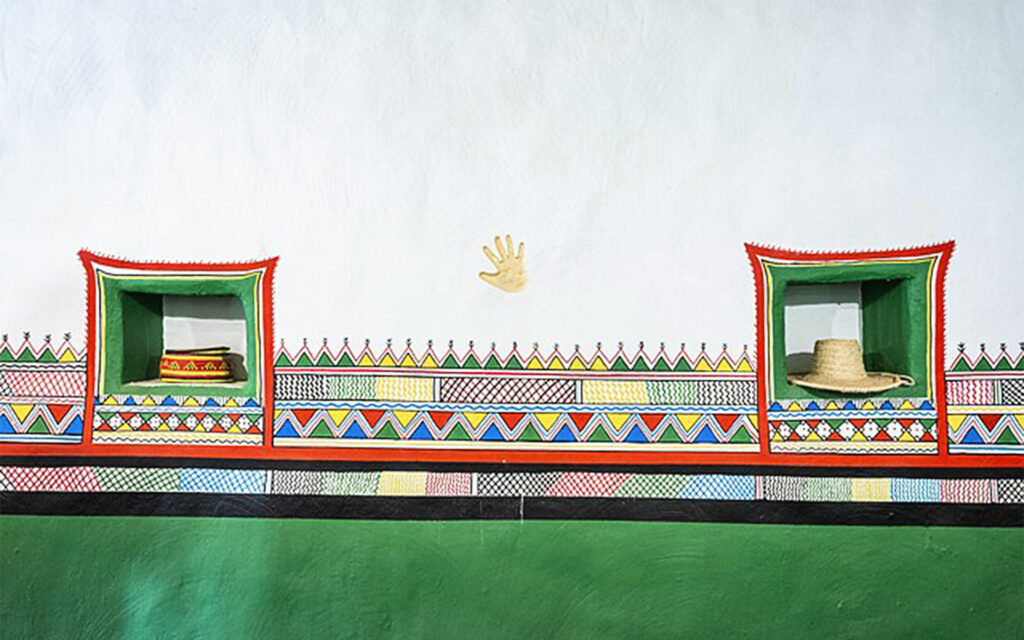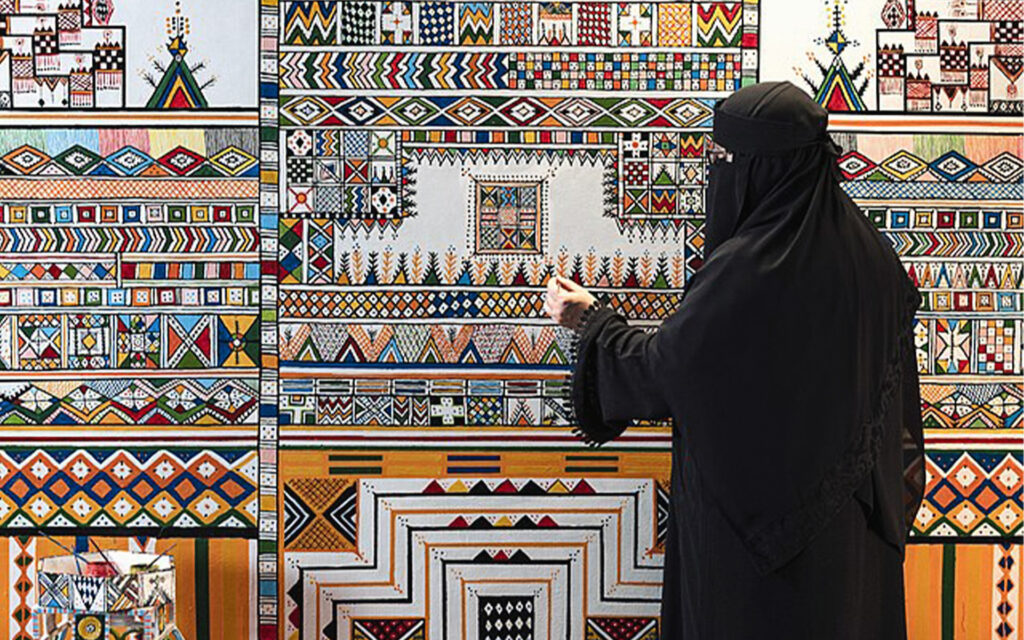In the heart of Asir province, in southwestern Saudi Arabia, there is a remote and unique region dotted with suspended villages. Once part of the ancient South Arabian civilization, the province od Asir played a key role in the historic routes of the incense trade. This strategic location has made the Asir region a vital centre of trade and cultural exchange. It’s the point of contact between Yemen, the Arabian Peninsula and beyond.
In the heart of Asir province, in southwestern Saudi Arabia, there is a remote and unique region dotted with suspended villages. Once part of the ancient South Arabian civilization, the province od Asir played a key role in the historic routes of the incense trade. This strategic location has made the Asir region a vital centre of trade and cultural exchange. It’s the point of contact between Yemen, the Arabian Peninsula and beyond.

The amazing architecture of Asir
The Tulul are traditional mud brick houses that are distinguished by their shape and their integration into the mountainous landscape. Built using locally sourced materials, these houses feature thick earthen walls made of clay, straw, and water. Materials that offer natural insulation against the extreme temperature fluctuations of the region In general, the suspended villages of Tulul houses have flat roofs and are distributed on several levels to maximize vertical space, but also to allow optimal ventilation.
Fusion with the landscape
The exterior of the suspended villages is usually a natural color of the earth that allows them to merge with the surrounding rocks. Then, it is painted lime, usually white, creating a beautiful contrast between buildings and landscape. Facade treatment also serves to reduce heat input in an area with extreme temperatures. The windows in a Tululle are small and strategically positioned to minimize heat input while maximizing ventilation.
Traditional architecture
It’s about designing and building with environmental resources in mind. Pursuing health and comfort and considering energy contributions through technologies, construction processes and sustainable materials, traditional architectures such as our trulli or dammusi of Pantelleria. After all, the relationship between man and the environment is a historical fact inherent in the human presence on the planet.
Comfort of the rooms
Passive systems have always taken advantage of climatic conditions, in particular natural ventilation as in the Zisa of Palermo which has a natural cooling and ventilation system. Built by the Norman kings William I and William II, who had it built between 1165 and 1180, and thank to Muslim craftsmen obtained the perfect thermal and hygrometric comfort in the interior.

Morphology and colour
The adoption of suitable and efficient materials, the control of the microclimate and the appropriate architectural morphology make Tululle extremely welcoming and full of charm. On the stairs and entrances (or majlis) the Tulul are painted with colorful geometric designs known as Al-Qatt Al-Asiri characterized by complex pictograms rich in symbols and abstract geometric motifs. The manufacturing technique is handed down from one generation of women to the next. And it involves creating intricate shapes such as triangles, squares, diamonds and dots using black transverse lines set on walls of pure white chalk. It is an instinctive process, in which the shapes are then coloured. Asir women use natural materials for pigments: candle charcoal for black, Al Meshgah (iron-rich) stones for red, and limestone for white. In an abundant range of dense and vibrant shades.
Enchanting motifs
The motifs have names inspired by the landscape and life of the suspended villages. Balsana is a net-shaped design with dots in the center indicating wheat bran (a typical crop of the region). Al Mahareeb is the semicircle used to indicate the direction of the Mecca. Alkafs are horizontal lines, painted at the bottom of a wall. Al Batra, with its wide vertical stripes and white spaces, aims to break up repetitive designs and draw attention to a specific section of the mural.

World Heritage
In a region historically isolated and challenged by its rugged terrain, the suspended villages flourished thanks to the creativity and ingenuity of its inhabitants. In 2017, Al-Qatt Al-Asiri attracted global attention. Thus this art form was added to UNESCO‘s catalogue of intangible cultural heritage. Pictograms can be found throughout the Asir region. In architecture, ceramics, fireplaces, sculptures and fabrics. Rijal Almaa, the museum and archaeological village of Al Khalaf, exhibits the most extensive example of this art form. With over sixty Tulul buildings and a well-preserved site. It offers an unparalleled overview of the artistic heritage of the suspended villages of Al-Qatt Al-Asiri.
To learn more: Al-Qatt Al-Asiri, female traditional interior wall decoration in Asir
You may also interested in: The gadgets and the environment: let’s choose consciously





